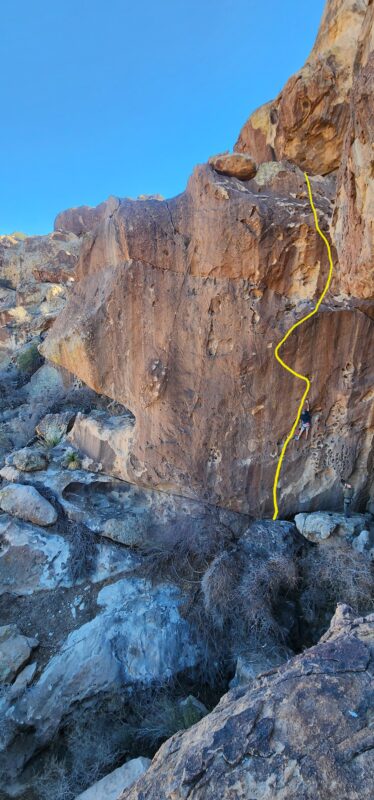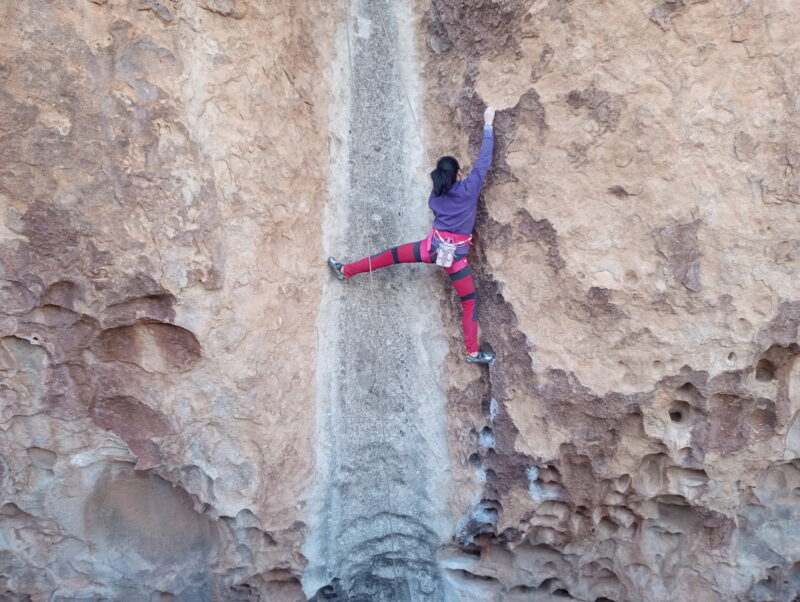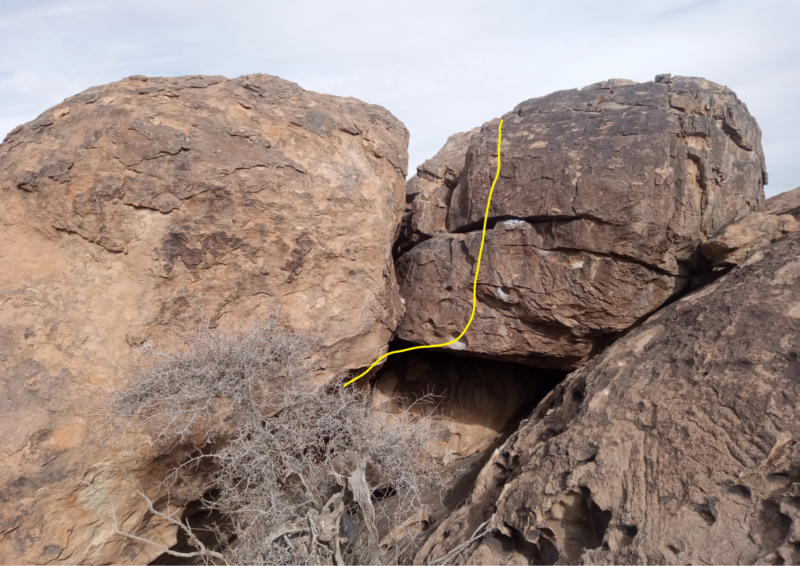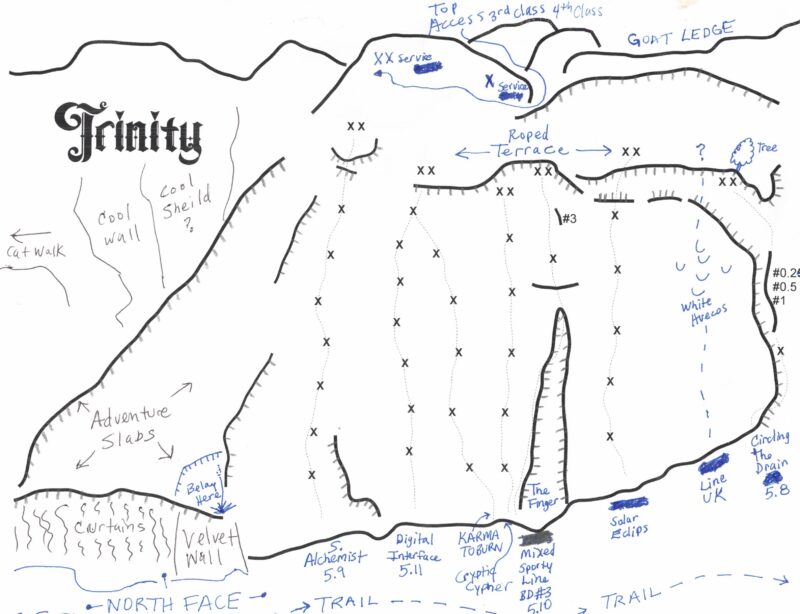Hueco Tanks Applies to Become UNESCO World Heritage Site

2014 : Then
WEST TEXAS COUNTY COURIER (Article) PDF
What is a UNESCO World Heritage Site?
A World Heritage Site is a landmark or area with legal protection by an international convention administered by the United Nations Educational, Scientific and Cultural Organization (UNESCO). World Heritage Sites are designated by UNESCO for having cultural, historical, scientific or other form of significance. The sites are judged to contain “cultural and natural heritage around the world considered to be of outstanding value to humanity“.[2] To be selected, a World Heritage Site must be a somehow unique landmark which is geographically and historically identifiable and has special cultural or physical significance. For example, World Heritage Sites might be ancient ruins or historical structures, buildings, cities,[a] deserts, forests, islands, lakes, monuments, mountains, or wilderness areas.[5][6] A World Heritage Site may signify a remarkable accomplishment of humanity, and serve as evidence of our intellectual history on the planet, or it might be a place of great natural beauty.[7] As of July 2021, a total of 1,154 World Heritage Sites (897 cultural, 218 natural, and 39 mixed properties) exist across 167 countries. With 58 selected areas, Italy is the country with the most sites on the list.[8]
The sites are intended for practical conservation for posterity, which otherwise would be subject to risk from human or animal trespassing, unmonitored, uncontrolled or unrestricted access, or threat from local administrative negligence. Sites are demarcated by UNESCO as protected zones.[2] The World Heritage Sites list is maintained by the international World Heritage Program administered by the UNESCO World Heritage Committee, composed of 21 “states parties” that are elected by their General Assembly.[9] The programme catalogues, names, and conserves sites of outstanding cultural or natural importance to the common culture and heritage of humanity. The programme began with the “Convention Concerning the Protection of the World’s Cultural and Natural Heritage”,[10] which was adopted by the General Conference of UNESCO on 16 November 1972. Since then, 193 states parties have ratified the convention, making it one of the most widely recognised international agreements and the world’s most popular cultural programme.[11]





Hueco tanks is a public park and State resource for everyone. The park should not be changed. This land is to valuable to lose to a closed group that doesn’t have any public interests.
Our family has enjoyed visiting this park since we moved to El Paso in 1996. We can’t imagine hueco tanks being closed to the public. I really hope this group doesn’t start disputing again.
I’ve been a volunteer for the park off and on since 2012. I spoke at the city hall meeting in 2014 with many others that opposed this. The Texas parks and wildlife department has always shown equality when it comes to any and all visitors. They do a great job protecting the park in all aspects.
I’m on the parks side. They are doing a great job. Always have been. The rangers are very friendly. The system is already working there’s no reason to change things now.
Yes don’t fix something that’s not broken. There’s no reason to change things or take away control from the Texas Parks and wildlife department.
If you tell a lie over and over long enough, people will eventually think it’s the truth. Even the person or people telling the lie.
Yosemite is a UNESCO world heritage site that allows climbing. However, Yosemite doesn’t have the same cultural background that Hueco Tanks has.
The Texas Parks & Wildlife department – Hueco Tanks State historical site is applying to become a world UNESCO Heritage site. The goal is to obtain grant money. In order to receive grants the park will have to follow guidelines and policies set by UNESCO.
Why does the park need grants? It’s a Texas State public outlet funded by taxpayers and several other allocations. Not to mention the funds the park generates on its own.
Even though the park generates an income. The funds don’t always go back to the producer for State departments. The real question is. What do they plan to do with the Grant money?